MENUMENU
BOOK TICKETS
DISCOUNTED ONLINE PRICE



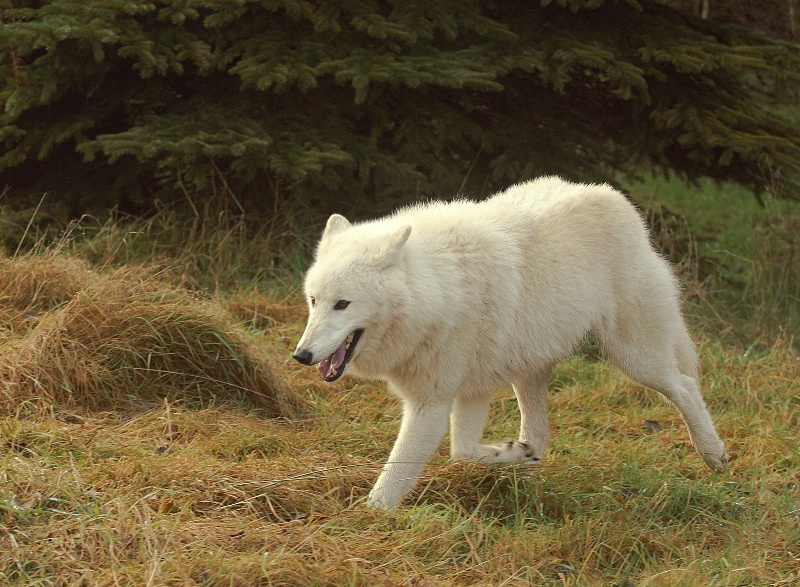

Wikipedia
The Arctic wolf (Canis lupus arctos), also known as the white wolf or polar wolf, is a subspecies of grey wolf native to the High Arctic tundra of Canada’s Queen Elizabeth Islands, from Melville Island to Ellesmere Island. Unlike some populations that move between tundra and forest regions, Arctic wolves spend their entire lives north of the northern treeline. Their distribution to south is limited to the northern fringes of the Middle Arctic tundra on the southern half of Prince of Wales and Somerset Islands. It is a medium-sized subspecies, distinguished from the northwestern wolf by its smaller size, its whiter colouration, its narrower braincase and larger carnassials. Since 1930, there has been a progressive reduction in size in Arctic wolf skulls, which is likely the result of wolf-dog hybridization. SOURCE: WIKIPEDIA
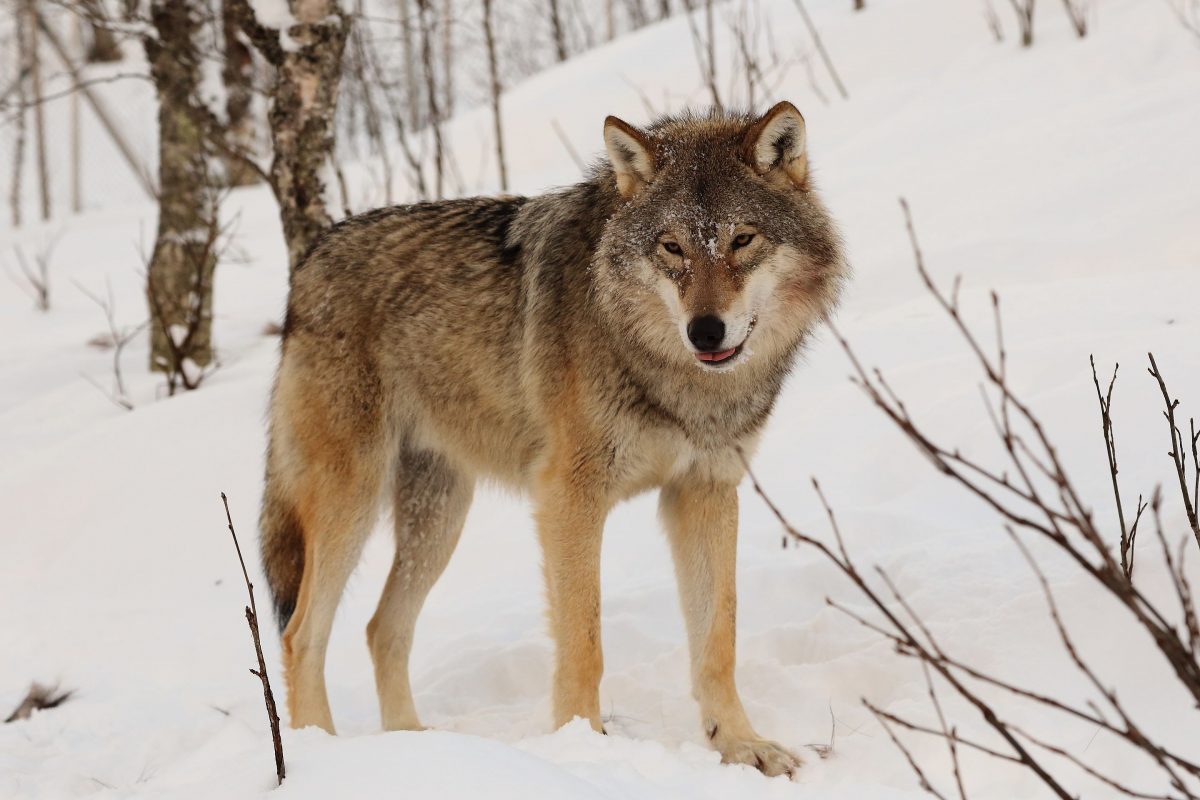

Wikipedia
The Eurasian wolf (Canis lupus lupus), also known as the common wolf or Middle Russian forest wolf, is a subspecies of grey wolf native to Europe and the forest and steppe zones of the former Soviet Union. It was once widespread throughout Eurasia prior to the Middle Ages. Aside from an extensive paleontological record, Indo-European languages typically have several words for wolf, thus attesting to the animal’s abundance and cultural significance. It was held in high regard in Baltic, Celtic, Slavic, Turkic, ancient Greek, Roman, and Thracian cultures, whilst having an ambivalent reputation in early Germanic cultures.[Credit: Wikipedia]
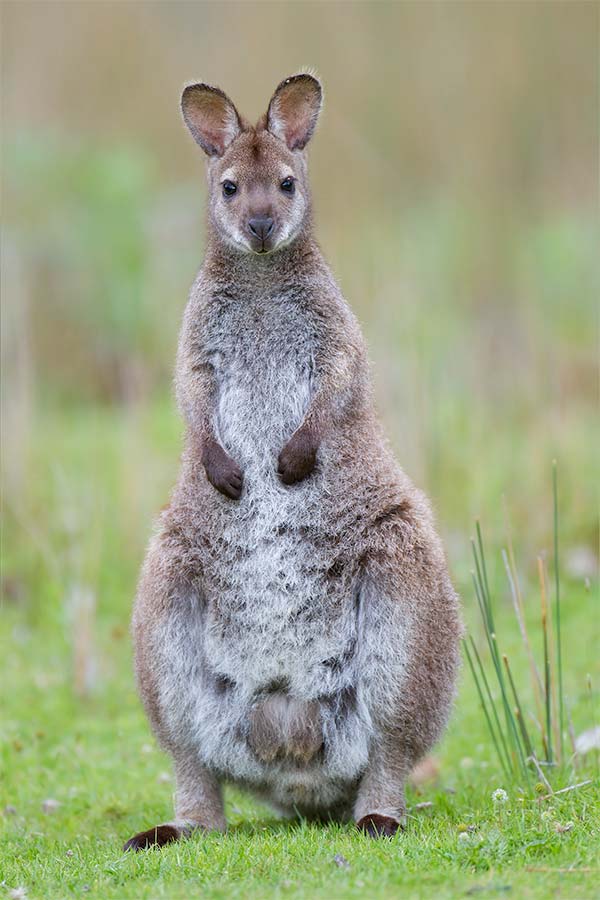

Image Source © Wikipedia
A wallaby is a small- or mid-sized macropod found in Australia and New Guinea. They belong to the same taxonomic family as kangaroos and sometimes the same genus, but kangaroos are specifically categorised into the six largest species of the family. The term wallaby is an informal designation generally used for any macropod that is smaller than a kangaroo or wallaroo that has not been designated otherwise. [credits: Wikipedia]
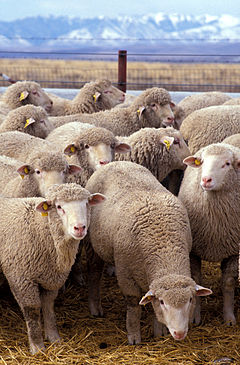

Wikipedia
The sheep (Ovis aries) is a quadrupedal, ruminant mammal typically kept as livestock. Like most ruminants, sheep are members of the order Artiodactyla, the even-toed ungulates. Although the name “sheep” applies to many species in the genus Ovis, in everyday usage it almost always refers to Ovis aries. Numbering a little over one billion, domestic sheep are also the most numerous species of sheep. An adult female sheep is referred to as a ewe, an intact male as a ram or occasionally a tup, a castrated male as a wether, and a younger sheep as a lamb. [Credit: Wikipedia]


Image Source © Wikipedia
The red deer (Cervus elaphus) is one of the largest deer species. The red deer inhabits most of Europe, the Caucasus Mountains region, Asia Minor, Iran, parts of western Asia, and central Asia. It also inhabits the Atlas Mountains region between Morocco and Tunisia in northwestern Africa, being the only species of deer to inhabit Africa. Red deer have been introduced to other areas, including Australia, New Zealand, United States, Canada, Peru, Uruguay, Chile and Argentina. In many parts of the world, the meat (venison) from red deer is used as a food source. [credits: Wikipedia]
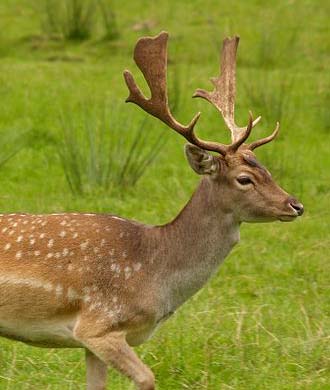

Image Source © Wikipedia
The male fallow deer is known as a buck, the female is a doe, and the young a fawn. Adult bucks are 140–160 cm (55–63 in) long with a 85–95 cm (33–37 in) shoulder height, and typically 60–100 kg (130–220 lb) in weight; does are 130–150 cm (51–59 in) long with a 75–85 cm (30–33 in) shoulder height, and 30–50 kg (66–110 lb) in weight. The largest bucks may measure 190 cm (75 in) long and weigh 150 kg (330 lb). Fawns are born in spring at about 30 cm (12 in) and weigh around 4.5 kg (9.9 lb). The life span is around 12–16 years. [credits: Wikipedia]
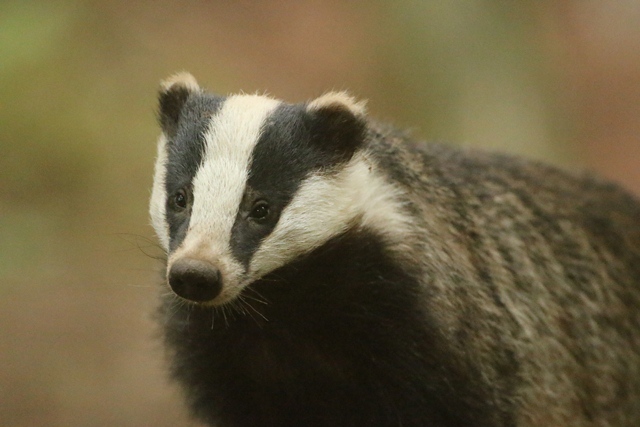

Phil Gould
The European badger (Meles meles) also known as the Eurasian badger, is a species of badger in the family Mustelidae and is native to almost all of Europe and some parts of West Asia. Several subspecies are recognised; the nominate subspecies (Meles meles meles) predominates over most of Europe. The European badger is classified as being of least concern by the IUCN as it has a wide range and a large population size which is stable, and even increasing in some areas.
The European badger is a powerfully built black, white, brown and grey animal with a small head, a stocky body, small black eyes and short tail. Its weight varies, being 7–13 kg (15–29 lb) in spring but building up to 15–17 kg (33–37 lb) in autumn before the winter sleep period. It is nocturnal and is a social, burrowing animal that sleeps during the day in one of several setts in its territorial range. These burrows, which may house several badger families, have extensive systems of underground passages and chambers and have multiple entrances. Some setts have been in use for decades. Badgers are very fussy over the cleanliness of their burrow, carrying in fresh bedding and removing soiled material, and they defecate in latrines strategically situated around their territory.
Though classified as a carnivore, the European badger feeds on a wide variety of plant and animal foods. The diet consists mainly of earthworms, large insects, small mammals, carrion, cereals and root tubers. Litters of up to five cubs are produced in spring. The young are weaned a few months later but usually remain within the family group. The European badger has been known to share its burrow with other species such as rabbits, red foxes and raccoon dogs, but it can be ferocious when provoked, a trait which has been exploited in the now illegal blood sport of badger-baiting. The spread of bovine tuberculosis has been attributed to badgers, however, studies in 2016 conclude that the issue is more to do with cattle and farm management.
[Credits: Wikipedia]


Image source © cockatoo-info.com
The white cockatoo, also known as the umbrella cockatoo, is a medium-sized all-white cockatoo endemic to tropical rainforest on islands of Indonesia. When surprised, it extends a large and striking head crest, which has a semicircular shape (similar to an umbrella, hence the alternative name).
The undersides of the wings and tail have a pale yellow or lemon colour which flashes when they fly. It is similar to other species of white cockatoo such as yellow-crested cockatoo, sulphur-crested cockatoo, and salmon-crested cockatoo, all of which have yellow, orange or pink crest feathers instead of white. [credits: Wikipedia]
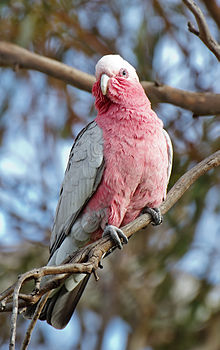

Image source © Wikipedia
Galahs are about 35 cm (14 in) long and weigh 270–350 g. They have a pale silver to mid-grey back, a pale grey rump, a pink face and chest, and a light pink mobile crest. They have a bone-coloured beak and the bare skin of the eye rings is carunculated. They have grey legs.
The sexes appear similar, however generally adult birds differ in the colour of the irises; the male has very dark brown (almost black) irises, and the female has mid-brown or red irises. The colours of the juveniles are duller than the adults. Juveniles have greyish chests, crowns, and crests, and they have brown irises and whitish bare eye rings, which are not carunculated. [credits: Wikipedia]
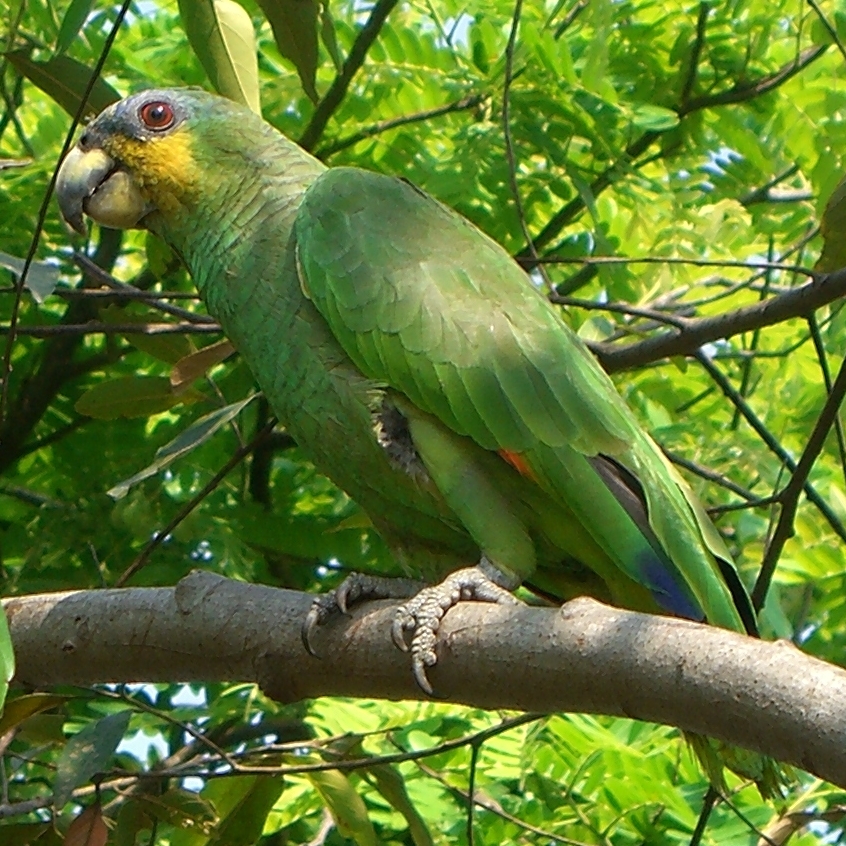

Wikipedia
Amazon parrot is the common name for a parrot of the genus Amazona. These are medium-sized parrots native to the New World ranging from South America to Mexico and the Caribbean. Most amazon parrots are predominantly green, with accenting colors that depend on the species and can be quite vivid. They feed primarily on seeds, nuts, and fruits, supplemented by leafy matter. Many amazon parrots have a remarkable ability to mimic human speech and other sounds. Partly because of this, they are popular as pets or companion parrots, and a small industry has developed in breeding parrots in captivity for this market. This popularity has led to many parrots being taken from the wild to the extent that some species have become threatened. The Convention on International Trade in Endangered Species of Wild Fauna and Flora treaty has made the capture of wild parrots for the pet trade illegal in an attempt to help protect wild populations. [Credit: Wikipedia]
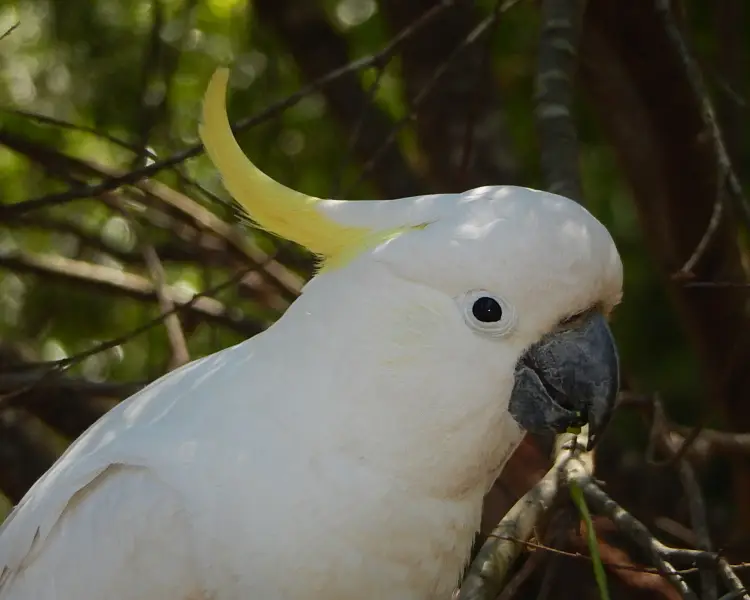

Animalia
The Yellow-crested cockatoo usually has white plumage, and on its head is a yellow crest that curves forwards. Its wings and tail on the undersides are also yellow, its bill is black, and its feet gray. Females have reddish-brown eyes and males have black eyes. The skin around their eyes is bluish. Juveniles have a gray iris, and chicks are born with patchy yellow down. [SOURCE: ANIMALIA]